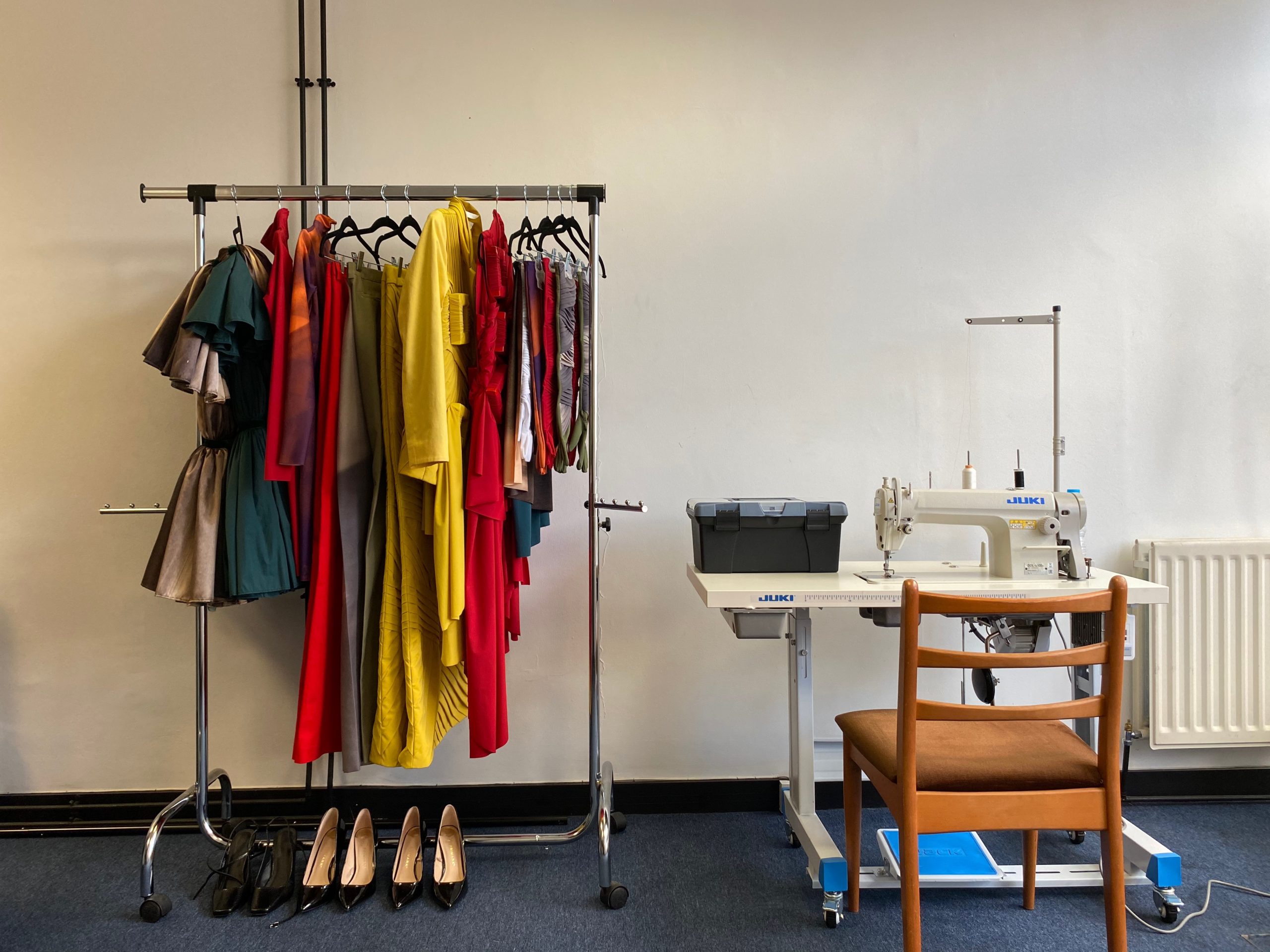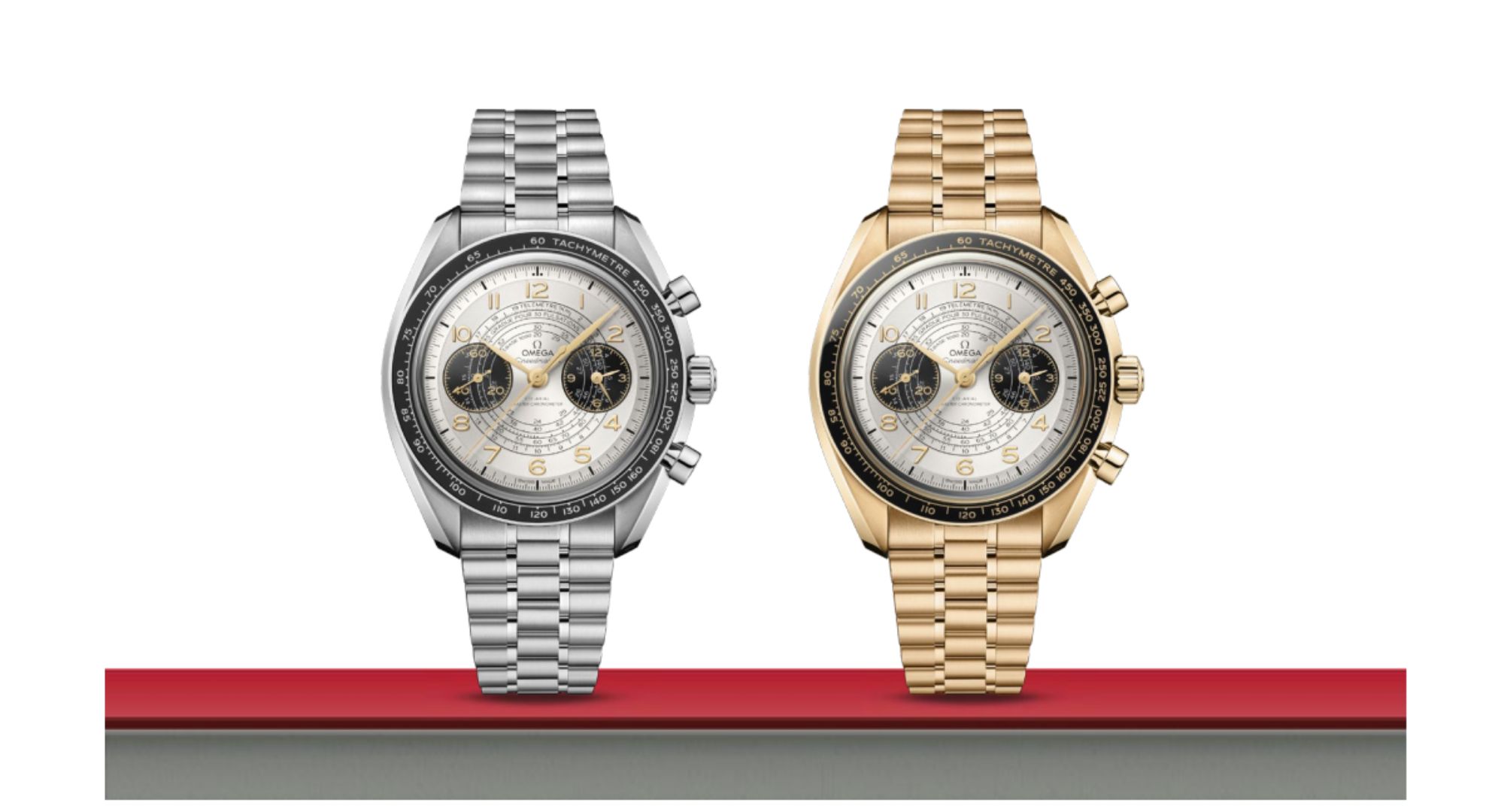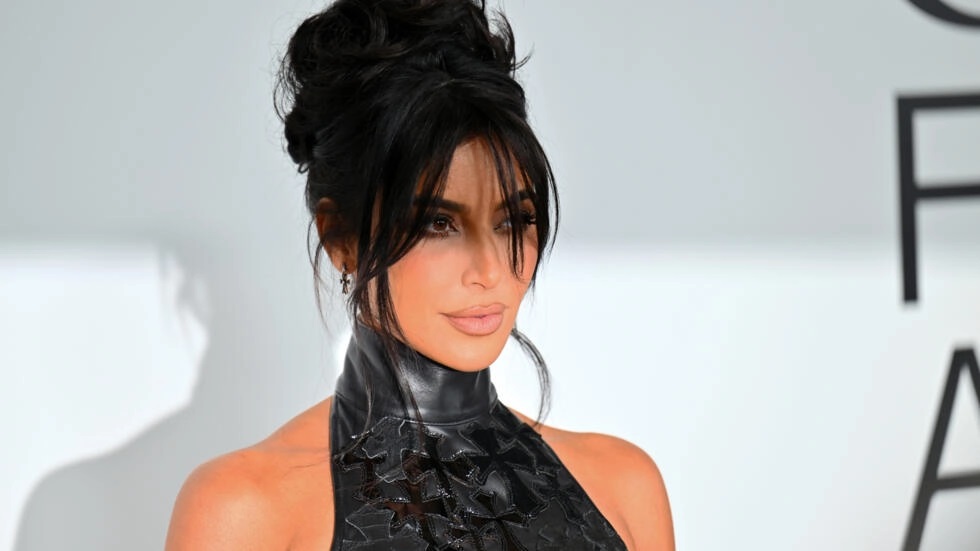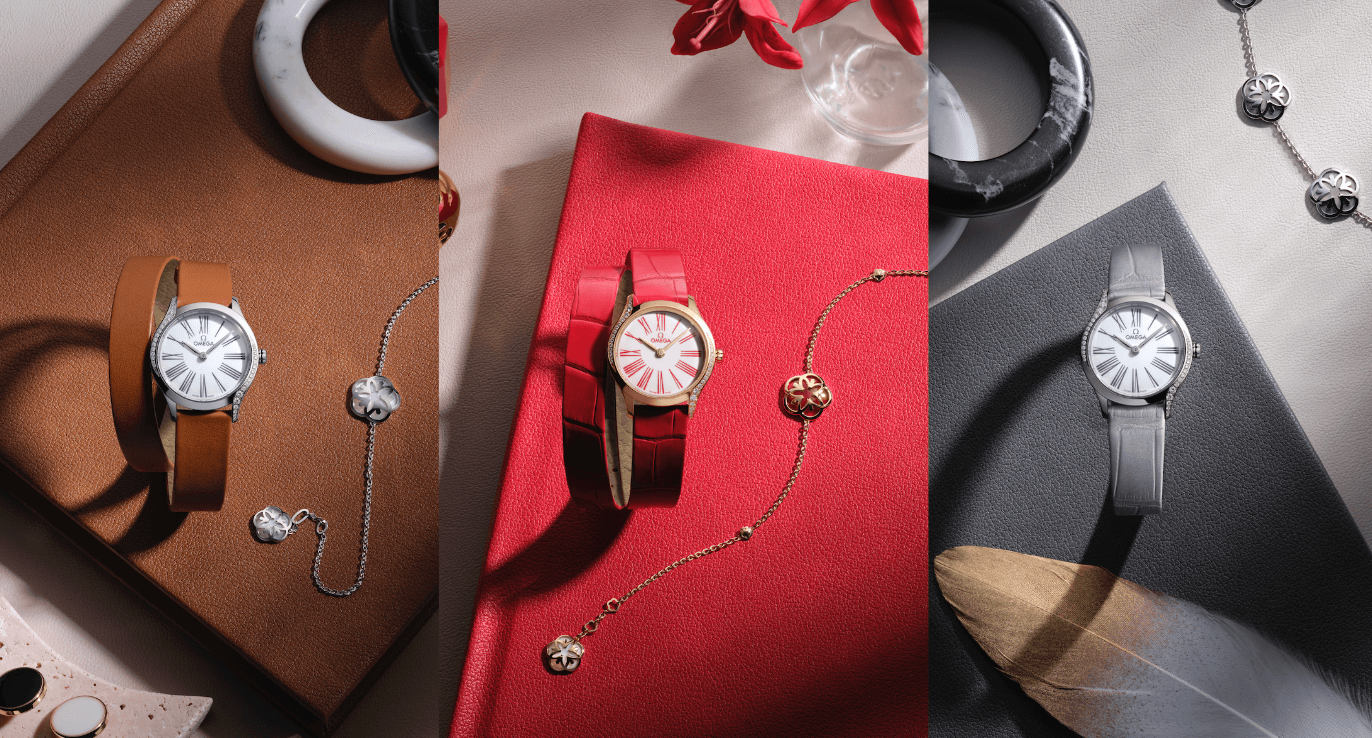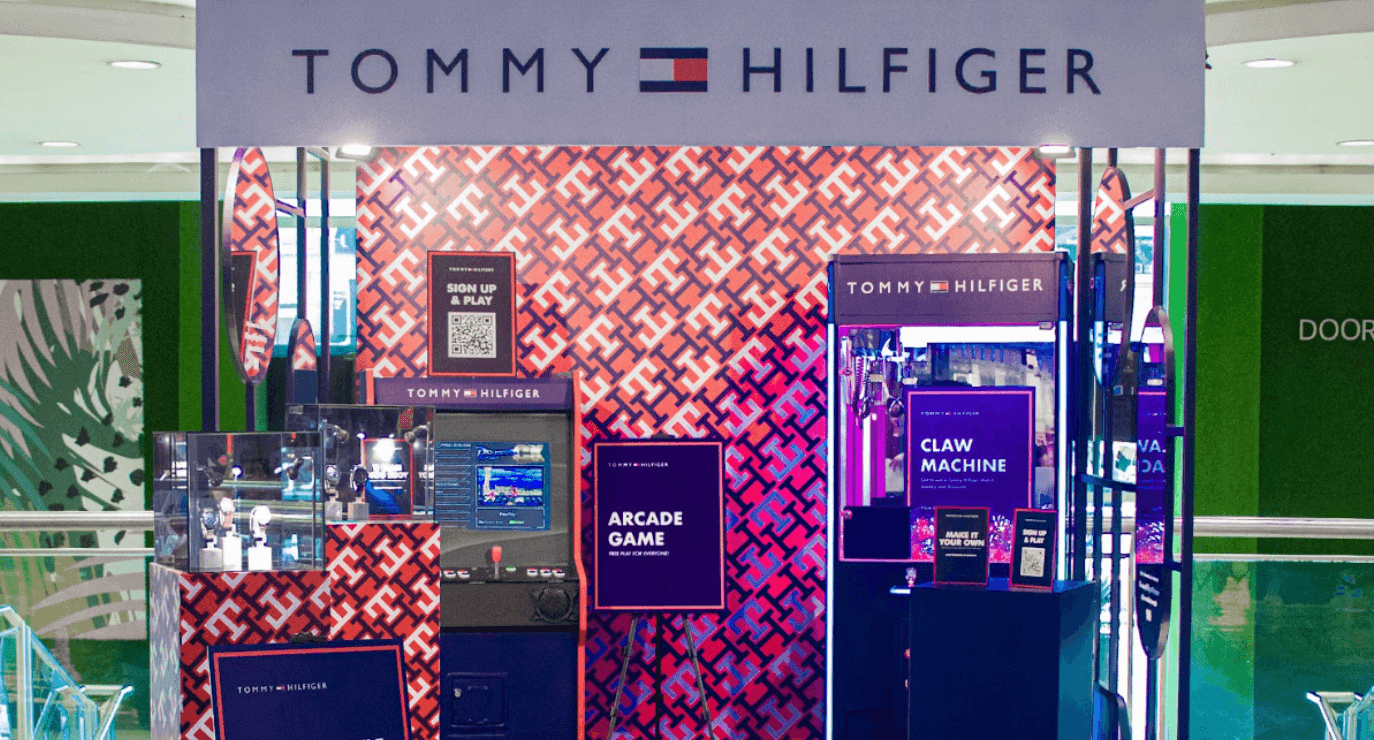If you’ve been keeping up with new talents this 2020, you might have come across the name Jessan Macatangay. The emerging Filipino designer caught the eye of Dezeen, Grazia, and Vogue as part of this year’s graduates of Central Saint Martins. FYI, that’s the fashion school that counts John Galliano, Alexander McQueen, and Stella McCartney as alums.
Jessan and his batchmates whipped up their graduation collections in lockdown. Crazy, right? He pulled it off somehow with “Finding Beauty and Power in Struggle,” featuring five pieces that incorporate deconstructed chairs and drapery.
Lifestyle.INQ did a virtual hangout with Jessan. He gears up for the next phase, reflects on fashion post-pandemic, and looks back on his experience at one of fashion’s most prestigious institutions.
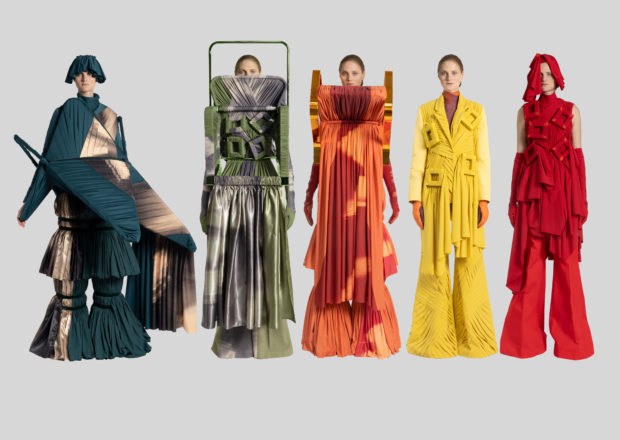
What’s your post-graduation situation?
I just finished my degree, so now I have some free time to breathe and relax. I’m taking a quick break to recharge my batteries, as the last three months of doing my collection in lockdown was intense. I’m planning to go home for summer before my masters, so I am quite excited about it.
Right now, I’m still in London, and I usually start my day Facetiming with my family back home and friends. I’m also into a significant project of cleaning and organizing everything after the intensity of completing my final collection. It’s incredible how much was involved in getting there: pattern-making, the preliminary toiles, and all the research. All of which should be organized and filed. There isn’t that much time before it all starts again with the MA, so I want to be ready.
Who’s your favorite designer?
The fashion designer that I look up to the most is Rei Kawakubo of the Comme des Garcons. I’m always fascinated by how anti-fashion and artistic her work is, but at the same time, it has a substantial commercial success.
If I have a brand, I want it to have that freedom of doing something that has not been done before, but at the same time offer works that people can commercially wear.
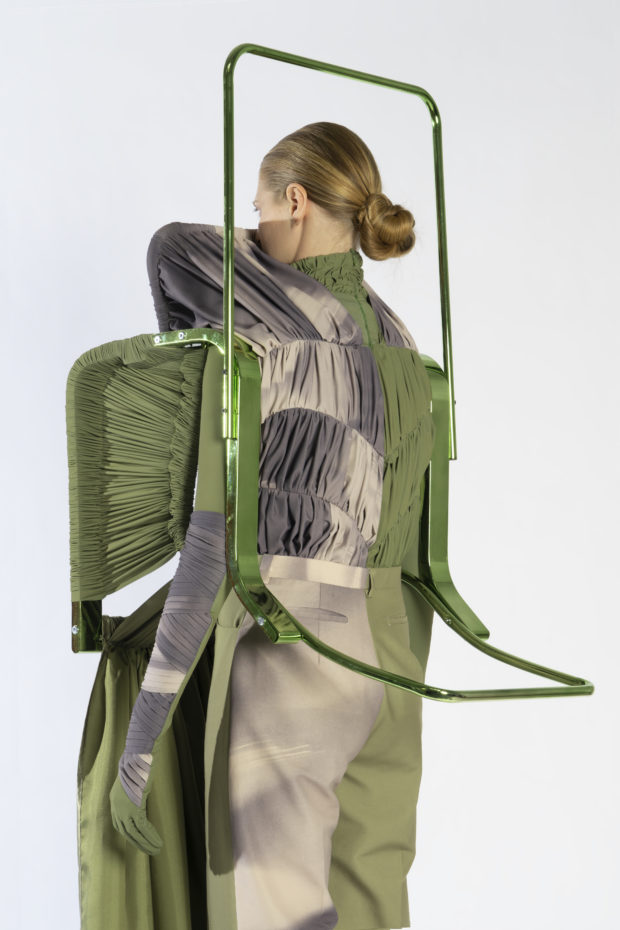
Any stylists you’d love to work with?
I love Andre Judd Chang’s works. I think the way he does styling is one of a kind and is very modern.
I also admire Robbie Spencer because his editorial styling and imagery are just exceptional. Every work of his is different, and there is always something new and unexpected, which I find very refreshing.
What’s your take on the future of fashion?
I don’t think we can go back to what it was before. In a way, everything has changed. How will consumers behave in the future? How will retail and online sales be affected? What will be the impact on fashion production? How will designers bring their work together more digitally through online collaboration? I don’t think anyone has the answers yet, but the lockdown has shown that there could be new ways.
I’m certain I will continue to apply and further develop some of the remote working practices I was forced to do during the lockdown. Beyond new tools to collaborate with others, new technologies will emerge that change how fashions are developed for the next generation. Somehow we are now more open to that. I wonder how open to those we would be if it weren’t for the lockdown?
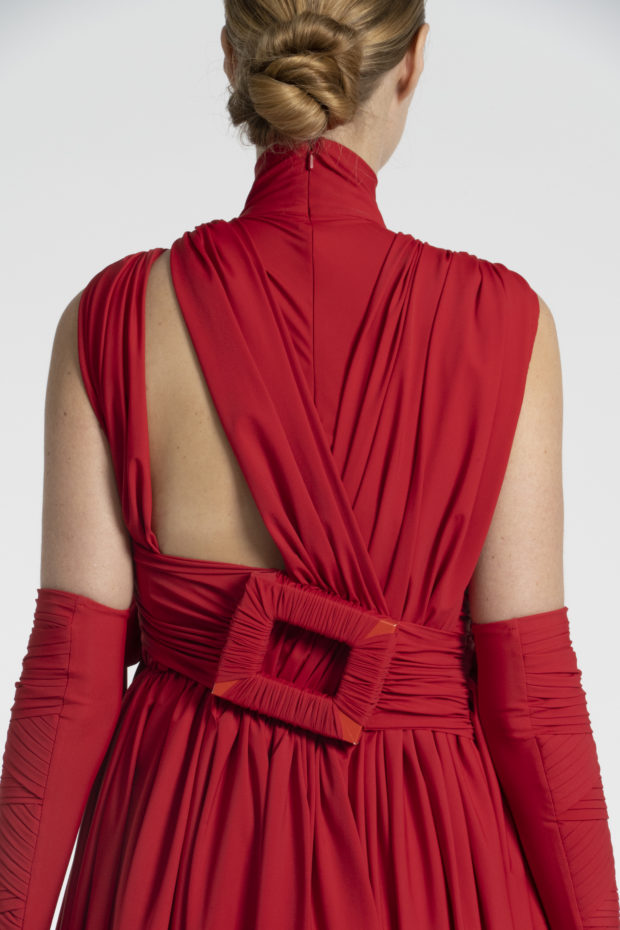
What changes are you looking forward to in this regard?
After this situation is over, I hope that there will be long-term changes in our industry. This situation should make us think about the status of our industry, especially with the amount of overproduction. What I’m hoping is that there will be less production and a focus on making more quality and seasonless products.
I want to go back to the idea of made-to-order and more support and opportunity for young designers. Wouldn’t it be great to have more handmade custom pieces that get handed down from generation to generation?
What keeps you happy these days?
My mood has changed every day since the announcement of the lockdown. Initially, it was a mix of feelings of stress, shock, and fear because of the thought of doing my graduation collection by myself. But my feelings changed after making the collection and after finishing my bachelor’s degree.
I have this feeling of overwhelming empowerment because of what I was able to accomplish under the circumstances. What makes me happy is just the process of reconnecting with my family and friends back home and here in London who haven’t heard much from me for the last few months.

How long does it take for you to come up with a design? What’s your process?
I always start my process with something abstract or conceptual. Something that invokes my emotion and that I can relate to. From there, I work on a body. My work is mostly 3D. I think that is what I do best. ‘
From an abstract concept, I usually select parts of the research that have a visual effect on me. I pick up things from my research that can be translated tangibly and start working on it, using a mannequin while following the concept of the collection. I work on developing it on a body following the process of the idea of the collection. I do a lot of draping, fitting, and pattern cutting. This is part of the design process I love the most. I spent a lot of my time doing my projects in this phase.
What was the best but most unlikely lesson you learned from Central Saint Martins?
I think that working with so many creative classmates at Central Saint Martins made a positive impact on me. It is very inspiring.
When you got to a university, you always expect to learn from the tutors and teachers. At CSM, you also learn a lot from your classmates who come from different cultural backgrounds. Our class is very tight, so whenever we work on projects, we always see each other’s work. The feedback that we get from one other is very refreshing because it always comes from a different point of view. It helps you to be more open-minded with your work.
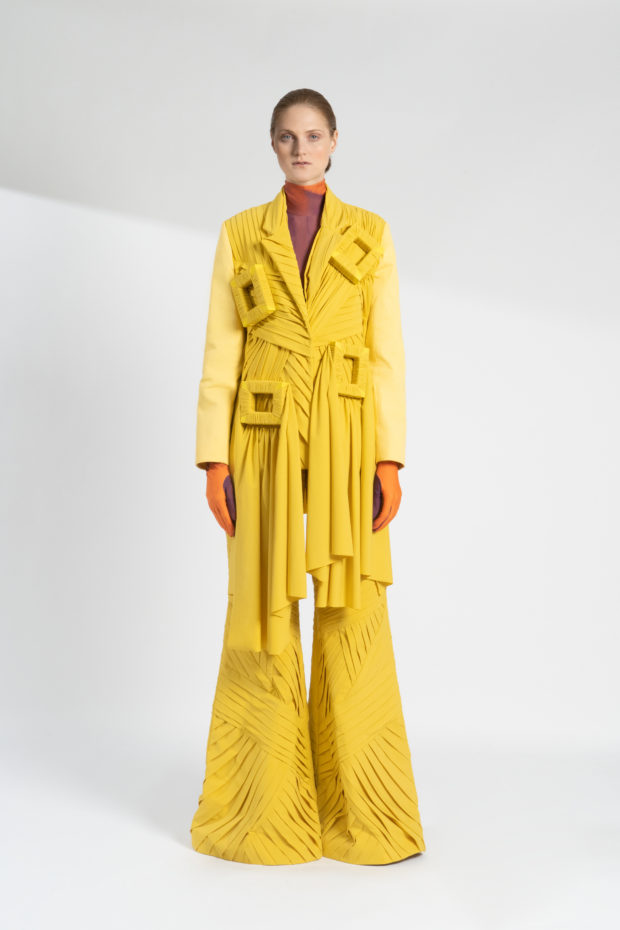
What’s the core of CSM as a fashion school for you?
CSM honed my skills. They push you to be creative, innovative, and to have a voice. Also, they train you to work under pressure. You work on projects for two to three weeks, from research to final garments. You don’t have a choice but to work in a compressed time frame, while still adhering to a high standard. This helped me a lot when I had my internships because the industry’s pace is really fast. Another thing is they also trained students to have a strong voice and be more open and inclusive.
It says in your bio that you graduated from nursing first before pursuing fashion. That’s fascinating!
Yes, thank you! I studied and got a license in nursing as my first degree back home. After my high school graduation, I didn’t know what to do. I have a lot of things that I like, and I couldn’t figure out what exactly I want to pursue. I decided to take up nursing. However, at the same time, I was always dreaming of working in fashion.
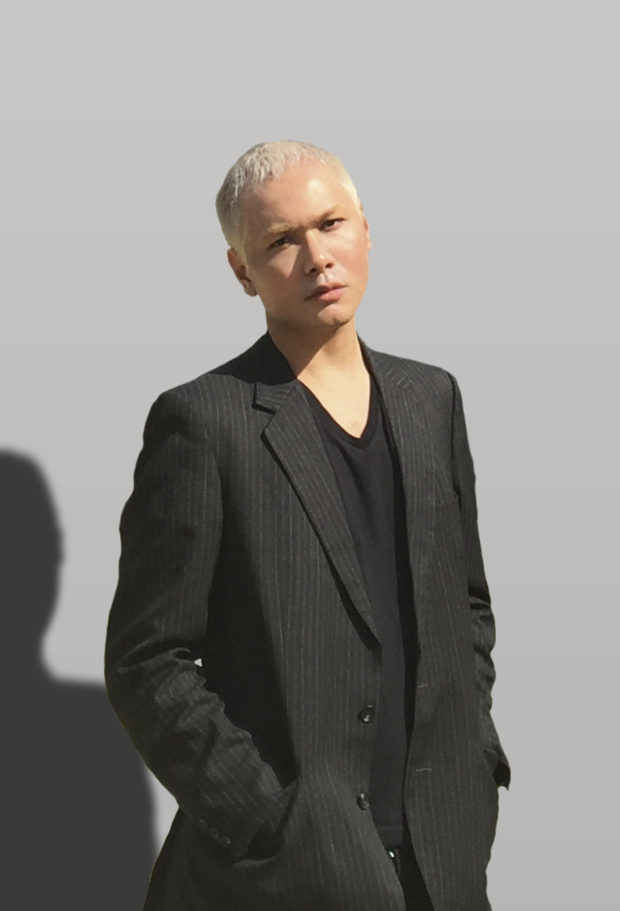
It was a difficult decision to switch my career from nursing to fashion, as I had to consider a lot of things. But in the end, I had to decide what I want to do and how I won’t live my life in the next ten years. I realized it involves fashion.
After practicing as a nurse briefly, I did a couple of taster pattern-cutting courses back home. I then decided to apply and study for a full fashion degree. I was lucky enough to get a place at Central Saint Martins to do the bachelor’s degree.
What’s your at-home outfit?
I enjoy wearing just a black shirt and black trousers. The salons haven’t opened yet, and my hair has grown out a lot, so now I am enjoying wearing different hats every day whenever I go out to go to the grocery. When the weather gets colder, I like to wear vintage winter coats I’ve found here and there.
Who are Filipino designers you admire? Why?
There are quite a few. We have lots of amazing designers in our country whose work is truly global. I would start with the works of Pitoy Moreno. His work reflects the classic beauty of a Filipina. His embroidery, beadwork, and hand-paintings on his garments are genuinely exceptional.
I admire Michael Cinco not just for his beautiful creations but his journey of bringing the name of our country to the international scene.
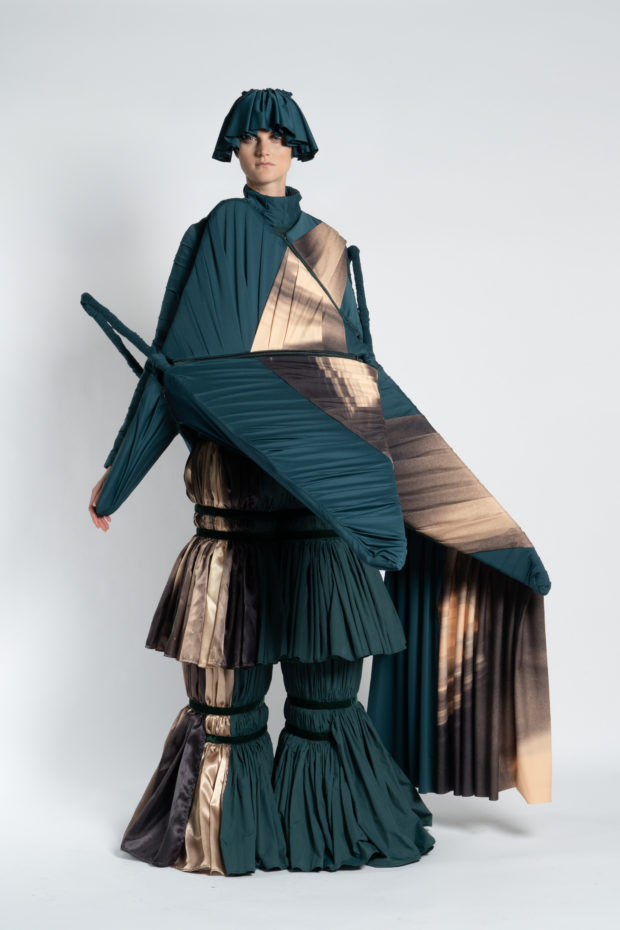
What do you miss the most about home?
I miss being at home and spending time with my family. I also miss my friends and the food, of course. There are some Filipino restaurants in London. We finally have a Jollibee here! But it isn’t the same as home cooking and street food.
What’s next for Jessan?
My long-term goal is to have my brand based in London. But I want to make sure that I cater to our Filipino market as well.
For now, I want to continue my studies. I just got an offer to study MA Fashion Womenswear at my university. So I have enrolled and will start this coming autumn. I want to learn more things, so I want to use this time for that, especially at this uncertain moment in the employment market.
This interview has been edited for brevity and clarity.
On helping through art, tie-dye tees, and supporting local: 15 Questions with Chi Gibbs

